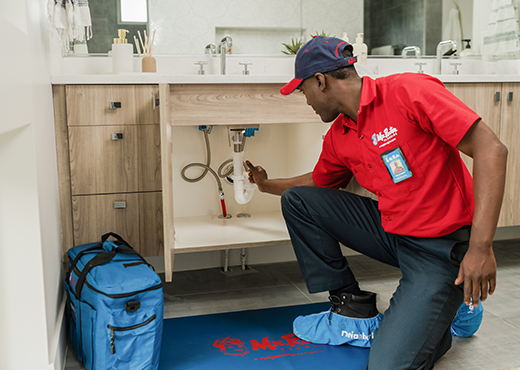Indoor and outdoor pipe insulation is crucial for efficiency and plumbing system maintenance. Mr. Rooter Plumbing® installs hot water pipe and cold protection insulation for your plumbing’s safety.
Contact your locally owned and operated Mr. Rooter Plumbing® for more information about home pipe insulation.














